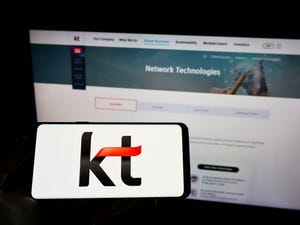LR Launches ROADM Survey
Readers are invited to add to a new taxonomy covering ROADM systems and related components
July 27, 2004

The reconfigurable add/drop multplexer (ROADM) has been a hot topic in the news and at tradeshows for some time, and a continued string of carrier requests for proposals (RFPs) is fueling interest in the space.
On the systems side, more and more vendors are jumping into the ROADM game. Big names such as Cisco Systems Inc. (Nasdaq: CSCO) and Nortel Networks Ltd. (NYSE/Toronto: NT) are moving in, and some of the upstarts are getting support as well. Tropic Networks Inc., for example, picked up a reseller deal with Alcatel SA (NYSE: ALA; Paris: CGEP:PA) just today. (See Supercomm: A ROADM Show?, Cisco, Meriton Join ROADM Gang, and Alcatel Tops Up Tropic.)
The interest trickles down to the components world, where vendors are falling over each other to provide the filters and blockers that are at the heart of the ROADM (see ROADM Vendors Perk Up).
So what are these things, exactly? ROADMs enhance a DWDM network by allowing wavelengths to be added or dropped at each node. They can also be set to create an express lane that lets wavelengths pass without stopping. The kicker is that these wavelength assignments can be turned on and off at will, creating a flexible, optical network that's cheap and easy to provision.
To help sort out what's going on, Light Reading is compiling "Who Makes What: ROADMs." The report enlists the aid of readers to build a roll call of the players in the ROADM space, be they systems or components vendors. Categories include:
Equipment vendors
Switching components
Small switches
Matrix switches (8x8 and larger)
Reconfigurable OADM devices
Wavelength blockers
Tunable filters
As in previous "Who Makes What" installments, additions and corrections are encouraged. If there's something we've missed or misplaced, please note your displeasure on the report's message board. Or, better yet, email us at [email protected].
— Craig Matsumoto, Senior Editor, Light Reading
For further education, visit the archives of related Light Reading Webinars:
Long Haul DWDM: Where Is Its Future?
Metro DWDM 2002: The State of the Art
Optical Gateways: The Portal to Profitability
Reconfigurable Optical Networks: Optical Performance Monitors
You May Also Like










